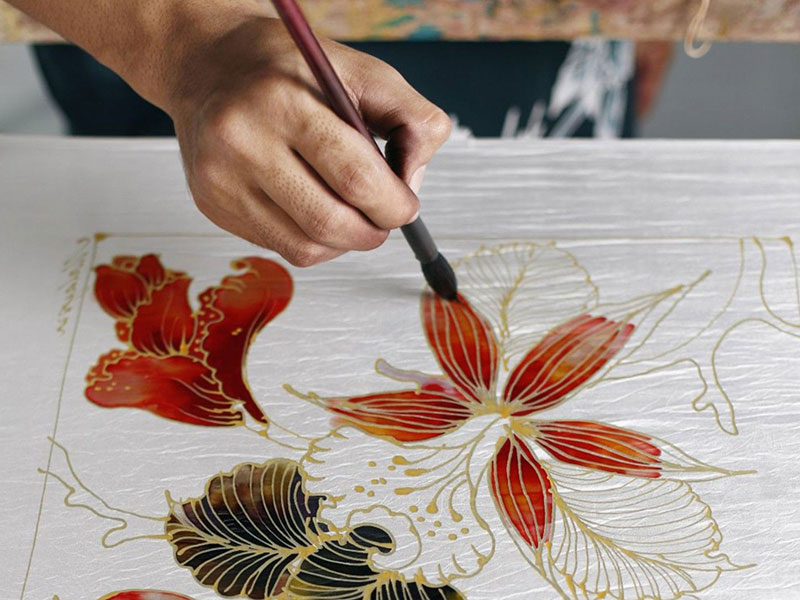
In a growing technology-driven and industrialised world, increasingly people are forgetting the traditional crafts and moving towards new innovations. Due to this, the artisans are moving to alternative sources of income generation, for instance – daily wage labours and farming; and the art is losing its grip. Preserving and protecting the skills and knowledge of traditional crafts is a growing challenge. So it is desperately needed to revive the art and form and spread awareness about them in urban space. It should be a world where the handmade things are given the respect they deserve and the artisans are also recognised for their talent and effort.
To keep the traditional craft alive it is important for the artisans to understand trade fair and participate in the same, with an all round understanding of the profit and loss and pros and cons involved in the global market. If the artisans want to keep their art alive they need to interact with the consumers and tell them all about their work and meaning to it.
Since the craft sector is the second largest employer in rural India after agriculture, it is a source of supplementary income to the seasonal agricultural workers, who have limited alternative employment opportunities in the villages. According to the research of students of IMS Design and Innovation Academy, many artisans and crafts act as a secondary source of income in times of drought, lean harvests, floods or famine. Here, the most significant point to note is that crafts provide a large arena for rural women to be gainfully employed and sustain livelihood for their family. An example is the women of Kishinnda Trust in a small village (Anegundi) of Karnataka who are producing Paper” and other items made by Banana trees and their leaves in their free time.
Craftsmen these days are bringing the mixture of old and new designs to strike a balance between the avant-garde and the traditional. Through this blend of different forms of craft, the traditional craft somewhere has hope to shine. To bring back the art in the market, the craftsmen and the artisans needs to understand the market and its promotion strategies. They need to understand their space in the global market and then fixe the price of their products. Several artisans have lost their source of livelihood because of lack of money and material. In Gujarat, the famed Kalamkari craft is fading into oblivion because of non availability of material and the artisans turning to more profitable avenues of earning their livelihood.
To revive the traditional craft forms and also to solve the problems that are faced by the craftsmen and artisans, serious steps should be initiated. At both the rural and urban levels, workshops should be organised that enhance the skills and also the knowledge of the people such as skill showcase, design education, creative and product development workshops followed up with pricing, marketing, branding, micro-finance etc. These workshops help the artisans to eradicate the communication gap and encourage dialogue. They also help spread awareness on traditional art forms.
These awareness programmes will also initiate collaborations between the artisans and the urban designer and brands to explore opportunities together. Through such initiatives, we can save our traditional crafts and promote them nationally and globally.
The author is Neha Jain, senior faculty in Interior Design Department of IMS-Design & Innovation Academy (IMS DIA), one of the leading Design institutes in the country.